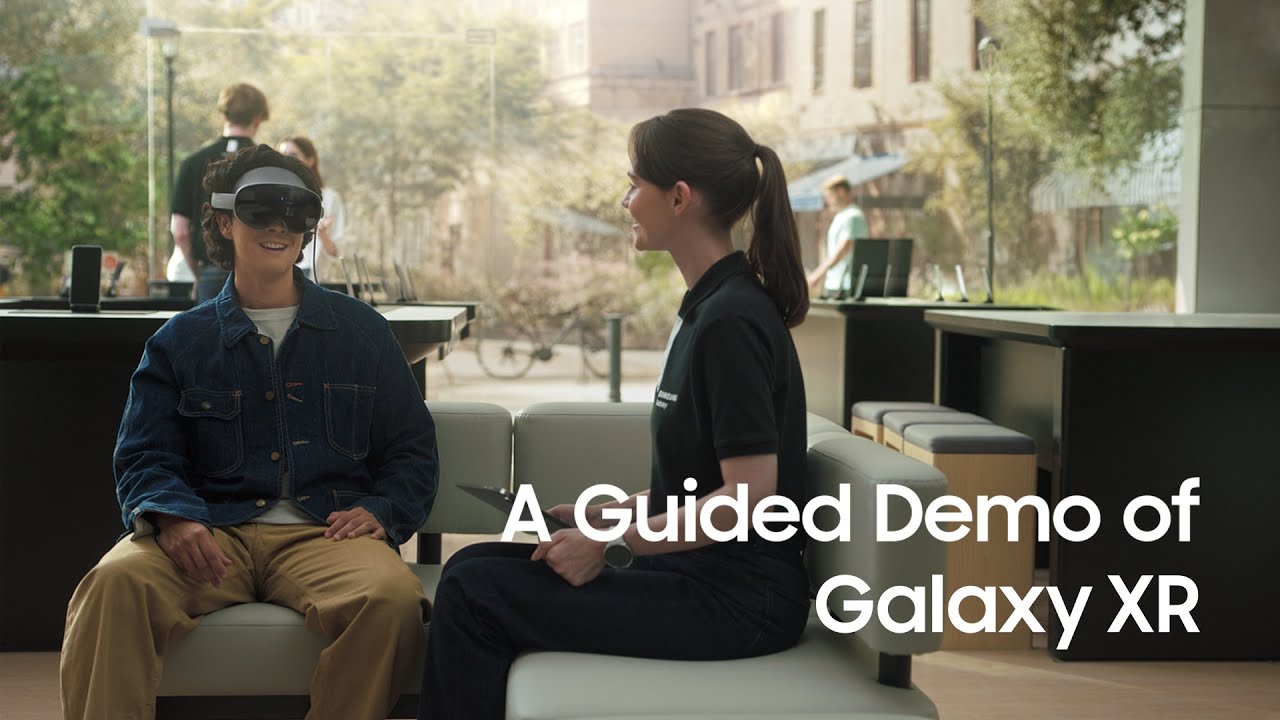
For years, Meta has been the key player in promoting the use of wearable computers among consumers. Now, Samsung is taking actions where even Apple has not succeeded. This week, the Korean tech giant unveiled the Galaxy XR headset, positioning it as a rival to the Meta Quest 3. Nonetheless, Samsung’s new XR headset and Meta’s slightly older version showcase notable differences across various aspects. Here’s a comparison between the Samsung Galaxy XR and Meta Quest 3 regarding specifications, pricing, and essential features.
Samsung Galaxy XR vs. Meta Quest 3: Pricing
The most prominent distinction between these two devices, both of which provide comparable XR experiences, is their pricing. The Galaxy XR comes with a price tag of $1,799, whereas the Meta Quest 3 begins at $499. This substantial price disparity prompts questions about their competitive edge. Although they are rivals, Meta’s headset is likely to attract more mainstream consumers given its lower price.
Samsung Galaxy XR vs. Meta Quest 3: Specifications
The difference in price is evident in the specifications. Here are the fundamental specs of the Galaxy XR:
– Two micro-OLED screens with a resolution of 3552×3840 per eye and a refresh rate of up to 90Hz
– Snapdragon XR2+ Gen 2 processor
– 109-degree horizontal, 100-degree vertical field of view
– Eye tracking and iris recognition features included
– 256GB storage capacity
– 16GB RAM
– 545g total weight
And here are the comparable specifications for the Quest 3:
– Two LCD screens with a resolution of 2064×2208 per eye and a refresh rate of up to 120Hz
– Snapdragon XR2 Gen 2 processor
– 103.8-degree horizontal, 96.4-degree vertical field of view
– No eye tracking available
– 512GB storage capacity
– 8GB RAM
– 515g total weight
The displays on the Galaxy XR are higher-quality OLED panels with greatly enhanced resolutions compared to the Quest 3. While the refresh rate is lower, the difference between 90Hz and 120Hz is not major for most users. The Galaxy XR also features a more advanced chip and double the RAM, although the practical differences in performance are yet to be determined. Samsung’s device incorporates eye tracking, essential for a headset. Conversely, the Quest 3 is marginally lighter and provides additional onboard storage. It’s key to note that the Galaxy XR operates on the Android XR operating system, while the Quest 3 relies on Meta’s proprietary OS, which could mean they might not support identical games and applications. Furthermore, the Galaxy XR has six motion-tracking cameras compared to four on the Quest 3, though the actual impact of this is not clear.
Samsung Galaxy XR vs. Meta Quest 3: Controllers
Both devices offer hand tracking, hence controllers are not absolutely necessary, but they do enhance the VR gaming experience. The Meta Quest 3 is equipped with two controllers that feature standard buttons, motion tracking, and analog sticks. However, the Galaxy XR does not include controllers. Controllers specific to the Galaxy XR are available for $249, though it remains uncertain how crucial they are for a full enjoyment of the Galaxy XR. If you seek the complete experience, you will ultimately spend significantly more compared to a Quest 3.
Samsung Galaxy XR vs. Meta Quest 3: Battery Performance
Samsung estimates the Galaxy XR to operate for up to 2 hours with general use and up to 2.5 hours of video playback, which is typical for an XR headset. Meta rates the Quest 3 for 2.2 hours of usage, thus showing minimal difference in this area. Despite the higher price point of the Galaxy XR, it does not significantly surpass the Quest 3 in terms of battery life.
More differences may become apparent once the Galaxy XR becomes available, but currently, the Galaxy XR appears to be aimed at enthusiasts and early adopters, while the Meta Quest 3 focuses on a wider audience.